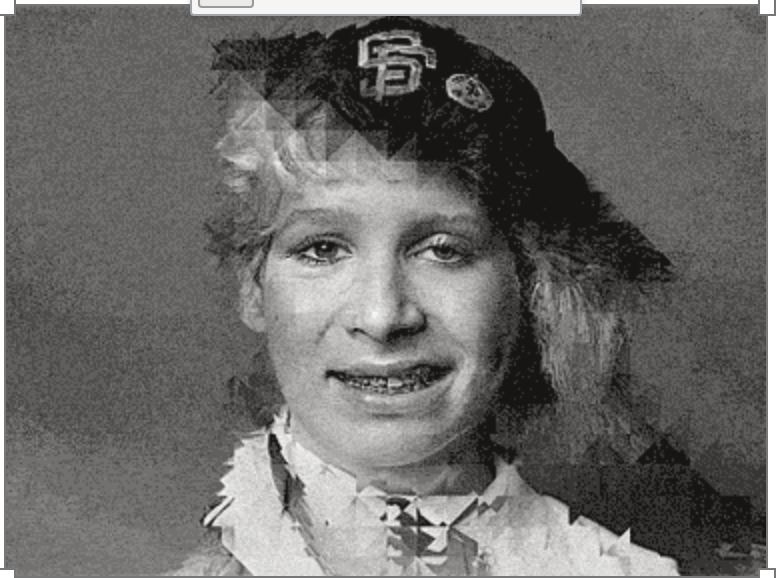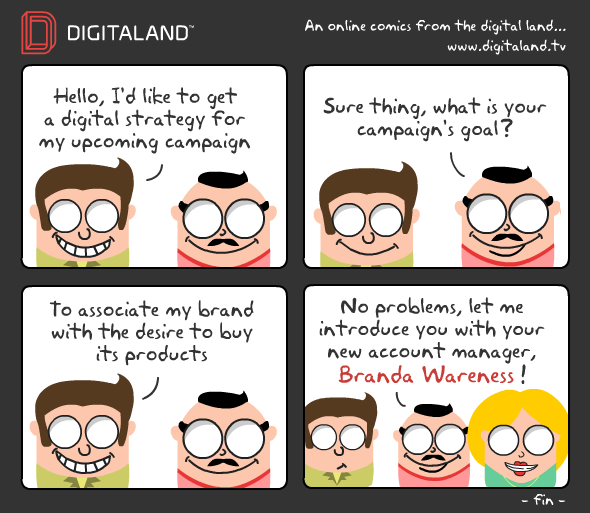We covered four dynamic creative optimization best practices for direct response campaigns before, but we all know that rich media Banner Ads goes beyond direct response and is also very effective in brand advertising. So, what about branding? How can DCO impact branding and what best practices should be followed?
Perhaps it’s best to start by reiterating the value of a brand. Aside from the influence an established brand commands – which results in word of mouth marketing, positive buzz, and overall better recall among targeted audiences – 52% of consumers (in the US) actually purchase directly from brands online. Brand advertising builds upon this twofold value of being both a symbol for the business and its reputation as well as bringing in the money directly. Rich media creative advertising, being at the forefront of personalized, on-demand marketing, is a tool perfectly poised to maximize the effectiveness of brand advertising reach through DCO.
Of course, you need to know how to do it properly. Here are three DCO best practices to ensure your brand advertising is on key throughout your various creative ads and versions:
Creative Banner ads: Stick to a common brand theme
You use the same logo and the same tagline or slogan in every ad, so why should different versions of the same ad have their own separate themes? The marketing materials developed for brand advertising should all reflect the same themes as your brand’s logo and slogan. This is done to ensure instant brand association – the moment people see your ad, they should instantly recall your brand just from a single glance at its theme.
This is a unique problem for rich media creative ads especially DCO, since a single marketing message that has different ad versions for different targets and one of these versions could possibly go astray of the set brand theme. The creative elements should indeed be maximized but the brand theme should be maintained throughout versions and ad campaigns.
Vary your creative elements in meaningful ways and not just in a manner that simply changes the version of the ad. Remember, you’re shifting the message for a different audience; you’re not creating a different version to simply see which color combo works. You should have that figured out before you deploy your ad versions. Vary the creative elements, but keep the brand theme that communicates consistency and integrity, and associates your Dynamic Creative Ads to your brand instantly, triggering prompt brand recall in your audiences.
Tell your story – Digital ad
As opposed to direct response campaigns where the frequency of Responsive Ads might differ from version to version (top of funnel ads might be rarer than ads that appear near the end of the funnel), brand advertising campaigns are all about creating awareness and promoting brand recall. This means the more your brand and ads are visible, the better. You need to constantly let your rich media creatives tell your brand’s story quickly and efficiently. No, you don’t have to publish your business’ history in every ad. The “story” here is the solution you offer and the value your business provides. The story here is the what, why, and how that makes people aware of your brand and your business’ value.
Now, the “story” here can be lengthy – or at least lengthier than a single interactive video can tell. In this case, you can go for maximum visibility at the top of the funnel to create awareness, then shift into sequential messaging by leveraging retargeting. DCO is a very effective tool for sequential messaging because upon retargeting, you can then display the ad versions that suit your audience segments the most.
High Quality Banners – Maximize each contact
Remember that we’re after recall and branding starting with higher visibility and promoting awareness. Your top of funnel ads don’t need to be incredibly deep or heavily engaging, so long as they help visibility. That doesn’t mean, however, that they should be shallow. In fact, it’s best practice to maximize what limited impressions and interactions your rich media ads acquire, especially at top funnel, visibility-focused ads.
Even before your ad goes live, practice geo-targeting and market segmentation to the fullest, planning specific campaigns that speak the necessary brand language that communicates most effectively to a certain segment. The language you use in your ads can dictate the direction of your blooming audience-ad relationship. This means that tailoring your brand language through DCO based on geo-targeting and market segmentation will maximize even the smallest periods of time your audiences dwell on your ads.
Well there you have it: these three best practices are deceptively simple but overreaching in their applications. Focus on brand theme, storytelling, and audience contact, and every version of your rich media that go through DCO would yield great results. Match these conceptual practices with data gleaned from performance metrics and you’ll have a very effective brand advertising campaign.






One Reply to this post
really High Quality Banners and its amazing for my company